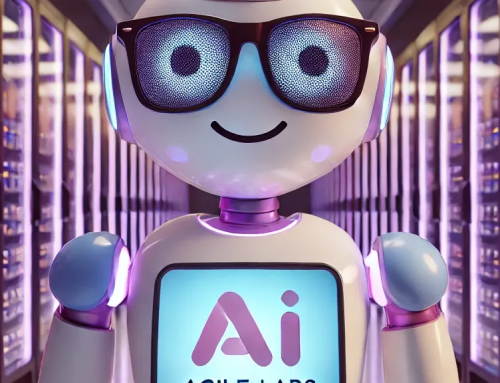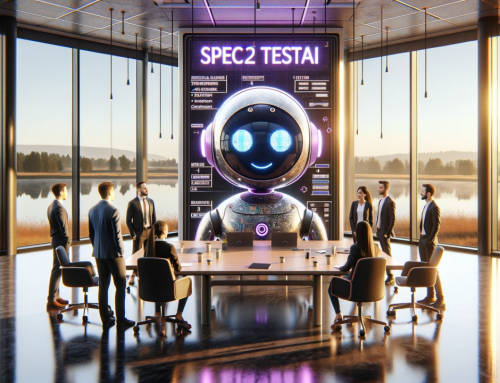Blog
Harnessing AI to Tackle Ambiguity in User Stories with Spec2TestAI™
Scott Aziz | December 18, 2023
Agile methodologies have accentuated the need for clarity in user stories, a critical component of Requirements Engineering (RE). Despite this, ambiguity in user stories remains a pervasive challenge, leading to inconsistencies, incomplete requirements, or feature duplication.
In an insightful paper by Anis Amna from Ghent University, a framework is proposed to identify and interpret ambiguity in user stories through a cognitive lens, a step towards addressing this issue. Link name
Spec2TestAI, a cutting-edge SaaS platform, takes this framework further by employing advanced AI to automate the detection and resolution of ambiguities in user stories, covering the four identified categories: lexical, syntactic, semantic, and pragmatic.
Lexical Precision for Clarity
Spec2TestAI’s intelligent algorithms delve into the lexical aspects of user stories, discerning and rectifying terms with multiple meanings (polysemy) and those that are easily confusable (homonyms). By refining the vocabulary within the user stories, Spec2TestAI ensures that each term is unambiguous and tailored to the project’s domain, thus preventing misinterpretation at the most fundamental level.
Syntactic Structure and Unambiguity
The AI-driven analysis by Spec2TestAI doesn’t stop at words—it extends to the structure of sentences. The platform meticulously evaluates the syntactic composition of user stories, ensuring they conform to established grammatical norms. This level of scrutiny helps in revealing and correcting compound sentences that may cloud the intended meaning, thereby upholding the principle of well-formed user stories.
Semantic Understanding for Unidirectional Interpretation
Semantic ambiguities are perhaps the most deceptive, as they can lead to multiple interpretations of a user story’s intent. Spec2TestAI harnesses contextual understanding and domain-specific knowledge to align the semantics of user stories with the intended functionality. By doing so, it guarantees that the perceived functionality by stakeholders is coherent with the developers’ understanding.
Pragmatic Contextualization to Avoid Misconceptions
Beyond words and sentences, Spec2TestAI recognizes the need for user stories to fit into the larger tapestry of project requirements. It examines the pragmatic context, ensuring that user stories foster collective understanding among stakeholders. It avoids duplications and fosters a unified vision, leading to a set of requirements that are both unique and harmoniously interwoven.
Measuring and Fixing Ambiguity
Spec2TestAI doesn’t just identify ambiguities—it measures their potential impact on the project. Through a nuanced scoring system, it quantifies the ambiguity levels, offering stakeholders a clear view of the user stories’ quality. Armed with this knowledge, the platform proposes fixes, streamlining the iterative process of refining requirements.
Closing the Cognitive Gap
Spec2TestAI’s usage of advanced artificial intelligence covers all of the cognitive approaches highlighted in Amna’s research, closing the gap between human-related factors and textual ambiguities. It adapts to the cognitive styles of different users, offering a tailored experience that minimizes the cognitive load and maximizes comprehension.
Empowering Stakeholders
The platform empowers project stakeholders by offering a transparent view of the RE process. It transforms the way ambiguities are addressed, turning what was once a manual and error-prone task into an automated, accurate, and efficient process.
Spec2TestAI embodies the next step in the evolution of Agile RE tools. It doesn’t just automate ambiguity resolution—it revolutionizes it by embedding cognitive understanding into the heart of its algorithms, resonating with the insights from RE research and elevating user stories to new heights of clarity and precision. As development cycles become increasingly rapid, Spec2TestAI stands as an indispensable ally for teams aiming to navigate the complexities of software requirements with confidence and accuracy.







